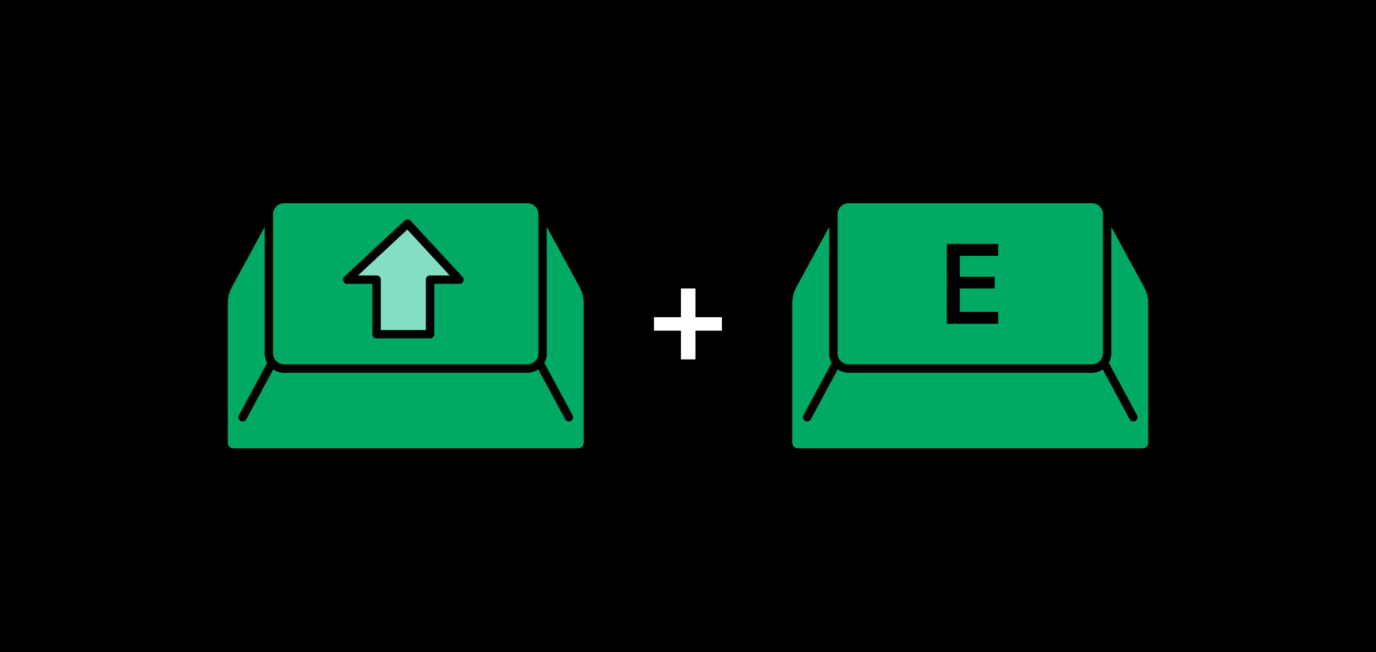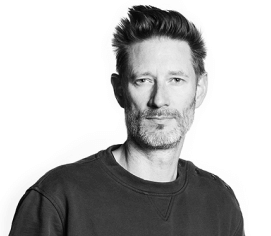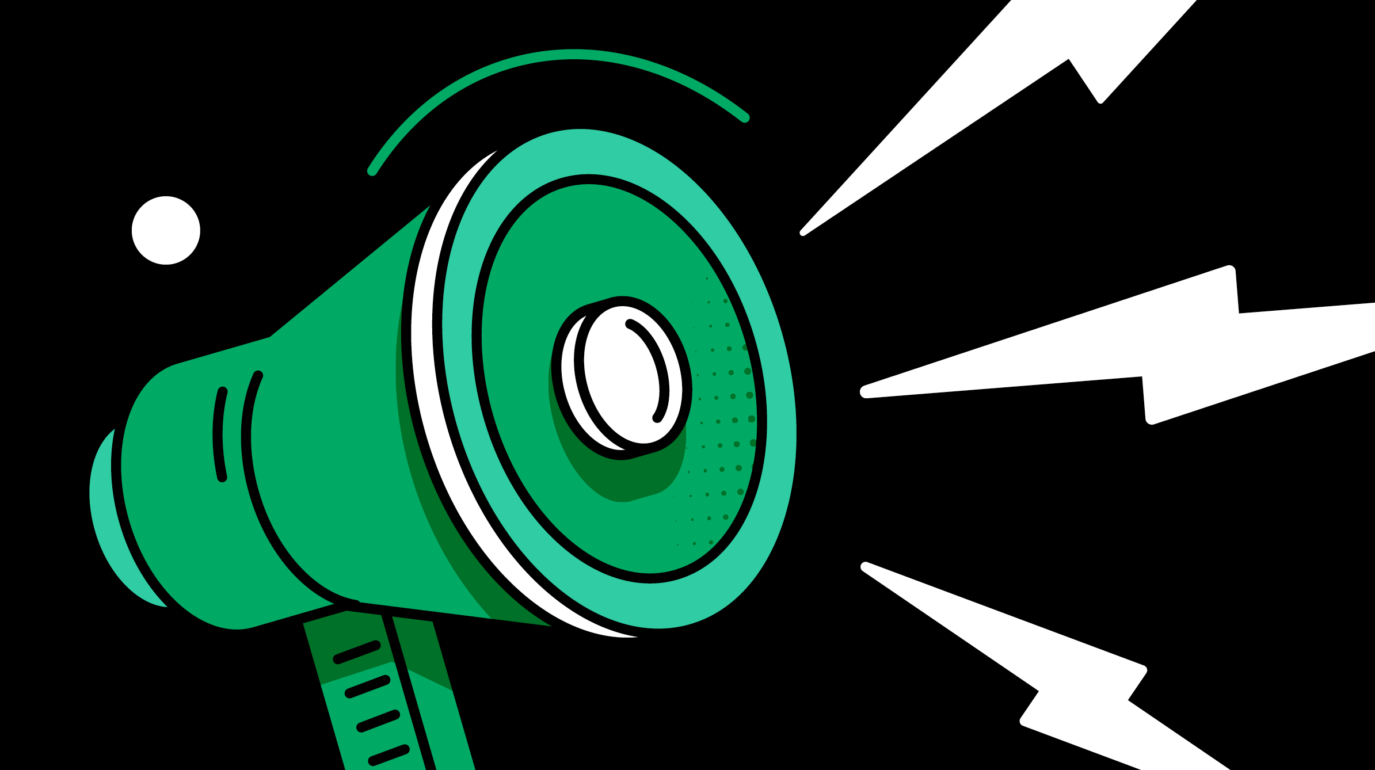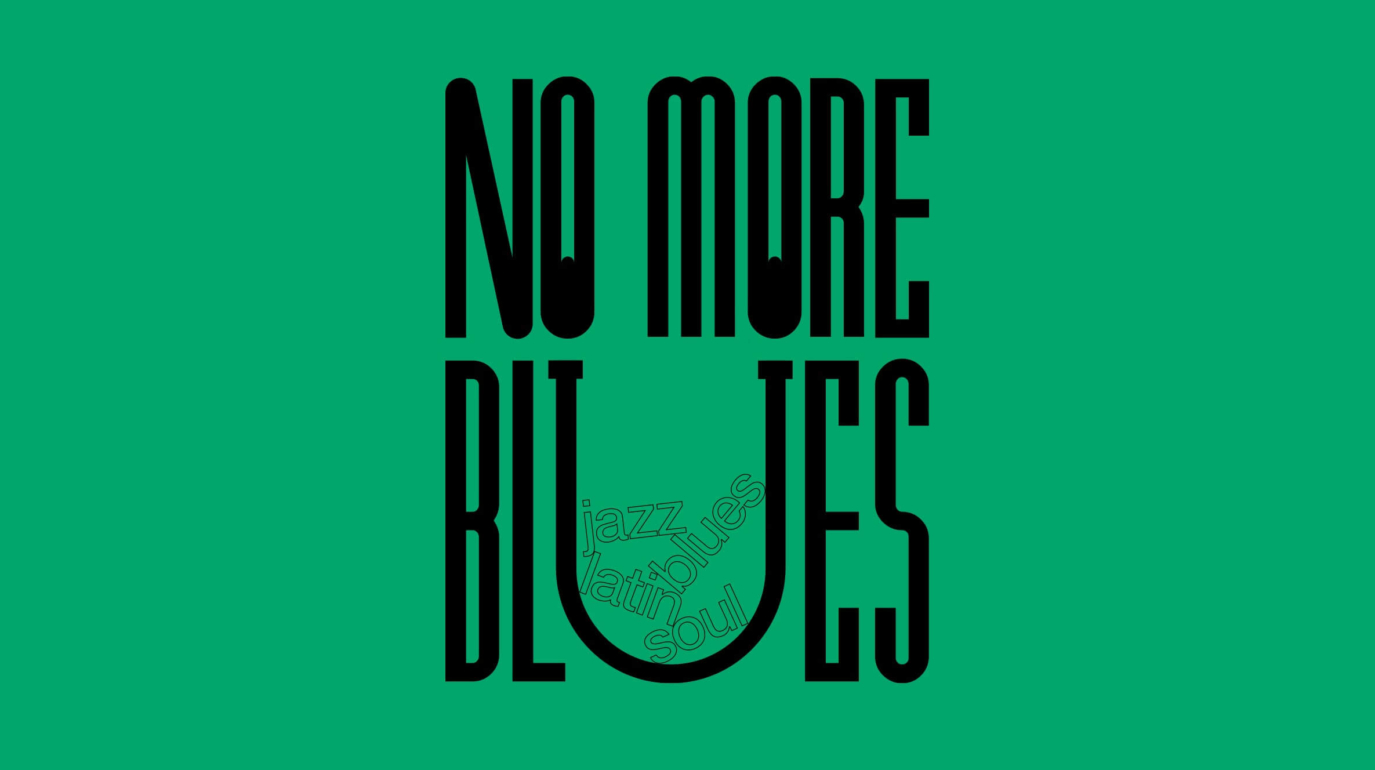
AUTHOR: NATHAN WATTS
READ TIME: 6 MINS
Head of Consumer Nathan Watts on shifting consumer expectations – and what exceptional brand experience can do for the most progressive brands out there.
Tell us a bit about your background and what brought you to Conran Design Group in August.
I trained as a product designer, which set me up perfectly for a life in consumer brand design: it’s all about finding solutions that balance the utility and beauty of design to deliver benefits for people and wider society.
I spent 15 years at FITCH (now Landor & Fitch), latterly as Creative Director, at a time when the business was pioneering innovative methods for defining customer experience across physical, human and digital touchpoints.
Why Conran Design Group? Well, it has a hugely impressive heritage, partly down to its iconic founder who was a phenomenon in the design industry and a major contributor to the democratised design movement. The Conran business he founded looks very different today, but the principles for human-centric design definitely remain.
What about the world of consumer brands and consumer brand design do you love?
The spotlight’s shining more brightly on consumer businesses than ever before. Consumerism is blamed for many of the world’s problems, but when companies make efforts to improve their response to, say, climate change, they’re able to educate, inform and ultimately drive change, which is powerful.
Societal and environmental pressures make the role of branding fascinating. I love the challenge and opportunity involved with defining the direction of travel, conveying to consumers a brand’s message in a way that offers clarity and purpose, and helping consumers connect and engage more meaningfully.
Give us your take on the biggest challenges facing consumer brands today.
The balance between privacy and interaction, global versus local relevance, timeless versus trend-led design, environment versus convenience. You risk losing relevance and standout if you’re not juggling these factors throughout the strategic and creative process.
“The spotlight’s shining more brightly on consumer businesses than ever before.”
As consumers, we’re easily distracted. How can brands stand out in the age of distraction? Each potential consumer interaction provides a different challenge, and brands must find the optimum experience to address needs and desires at any given moment. In my view, this can only be achieved with a strong experience-led purpose and positioning and a strategy for channel execution that’s tailored to the target audience.
What differentiates Conran Design Group’s consumer brand offer?
We have a fantastic strategic and design pedigree within consumer-packaged goods (CPG) and a track record in brand reinvention across complex portfolios, including recent and ongoing work with Danone and Cow & Gate. As the leading branding consultancy within Havas, we’re also fortunate to be part of a highly specialised network of agencies, working together to deliver holistic brand and business consultancy services to clients.
A striking feature of Havas is the Havas Village model, which encourages a high degree of collaboration across business strategy, media, advertising, human value and design, with a considered and connected approach to digitisation and sustainability.
Within Conran Design Group itself, the high pedigree of talent across our strategy and design teams in London, New York and Mumbai is impressive. With expertise across communications, health, corporate and consumer branding, the depth of strategic rigour is fantastic and an essential platform for our talented creatives.
What does brand experience mean to you? Which brands are doing it really well?
Brands can’t – and shouldn’t – try to own every channel at the same time with the same message; they stand a greater chance of achieving fame through positive friction and the deployment of convention-breaking experiences that play to the brand and channel strengths.
A good example of this that I’ve been directly involved with is Lynk & Co, a unique car sharing brand. The business decided to avoid traditional media advertising and instead doubled down on developing a highly distinctive retail and brand experience ecosystem.
“Brands stand a greater chance of achieving fame through convention-breaking experiences that play to the brand and channel strengths.”
At Lynk & Co, marketing budgets are invested in events and experiences for urban consumers, most of whom would likely reject the notion of car ownership. These events were hosted at the brand’s clubhouse locations in key cities across Europe, allowing Lynk & Co to build rapport with an influential audience who quickly became a fanbase. The result is a highly differentiated brand experience in an otherwise homogeneous category.
You have significant experience in retail. What challenges face this sector in terms of the wider brand experience? How is the role of retail stores changing?
Where to start? Cost of living, reduced brand investment, inflexible marketing models. Brands are moving strategies between owned and distributed channels, so the challenge, in the face of ever-changing consumer need, is to remain agile and never wedded to one way of doing things.
With physical retail, brands need to work harder to identify opportunities for human interaction, community building and sensory engagement. Commoditised retail stores that do little more than facilitate transaction are losing out to brands that provide additional reasons to visit – those that bring their unique story to life, and know how to balance theatre with function according to context.
What’s been the most memorable ‘a-ha!’ moment of your career – a moment where you figured something out for a brand and delivered positive impact as a result?
A time when I was working with Co-op Food to define and deliver their retail format strategy. They came to us with a complex brief around how to invigorate their massive UK store estate. We boiled it down to a set of design and experience principles that enabled them to execute effectively at scale, improve perception and increase sales. In most cases, simplicity wins!
At Conran Design Group, brand strategy and design go hand in hand. How do you see their relationship?
A strong strategic foundation is essential to achieving exceptional design and creative, but designers should always play a role in early strategic definitions to support the brand articulation, uncover insights and ensure creative buy-in.
Design should broadly follow strategy, but in the heat of a project, a symbiosis is needed between the two disciplines. Really, though, the relationship should go deeper than that. Put simply, to achieve the most impactful work, designers must be strategic, and strategists must be creative.
“Design should broadly follow strategy, but in the heat of a project, a symbiosis is needed between the two disciplines.”
What kinds of projects excite you most?
Opportunities to re-invent – with clients that know they must do it.
Our consumer offer is growing. Tell us about your aspirations for the consumer team in the year ahead.
It’s an exciting time at Conran Design Group, and we have big plans to leverage our client and sectoral knowledge into a broader consumer offer. We have strong capabilities across packaging, portfolio branding, sustainability consulting, brand semiotics and brand experience design, and the ambition is to grow our team and continue to build truly progressive brands that win the hearts and minds of consumers across sectors including health, luxury, retail, hospitality, FMCG and transport.
What inspires you – within brand, design or the wider world?
Brands like Nike and Patagonia that really go beyond brand basics to tackle difficult issues; they trailblaze on ethics and the environment, and articulate their positioning creatively across communications and brand touchpoints.
I’m also keenly following advancements around generative AI across design. Rather than treating AI as a harbinger of dystopia, I believe that human ingenuity and creativity will continue to thrive, with AI a fantastic new tool for strategists and designers to exploit going forward.
Oh, and my children are of course another source of inspiration. They ask plenty of difficult questions which I love because it challenges me to respond in the clearest, most balanced way possible. Great training for any situation.
Any unexpected hobbies or interests?
My wife runs a boutique print-driven homeware business, and I’m occasionally drafted in to help with various tasks including strategic planning, print design development, artwork, social media and more recently, modelling for her new men’s range of pyjamas and boxer shorts! It’s useful training to be involved in the wide range of challenges that a small business faces each day, and very rewarding to influence the brand and see the product creations come to life.
Favourite thing about life at Conran Design Group so far?
The warmth and friendliness of the people.



